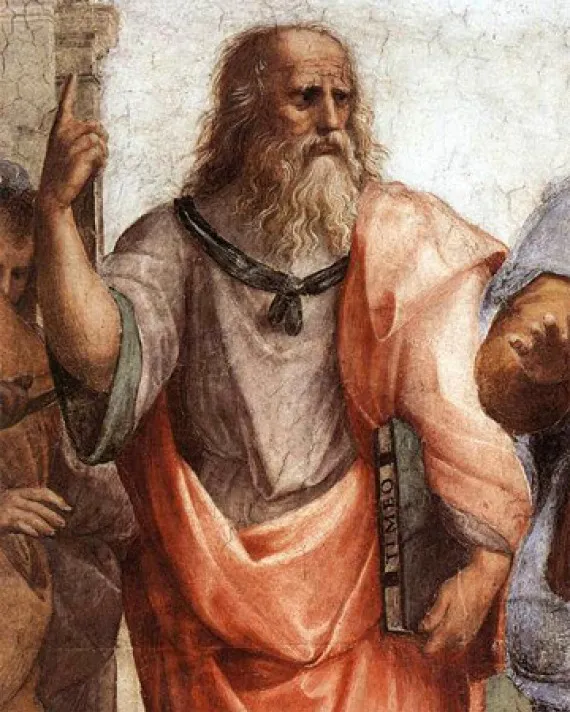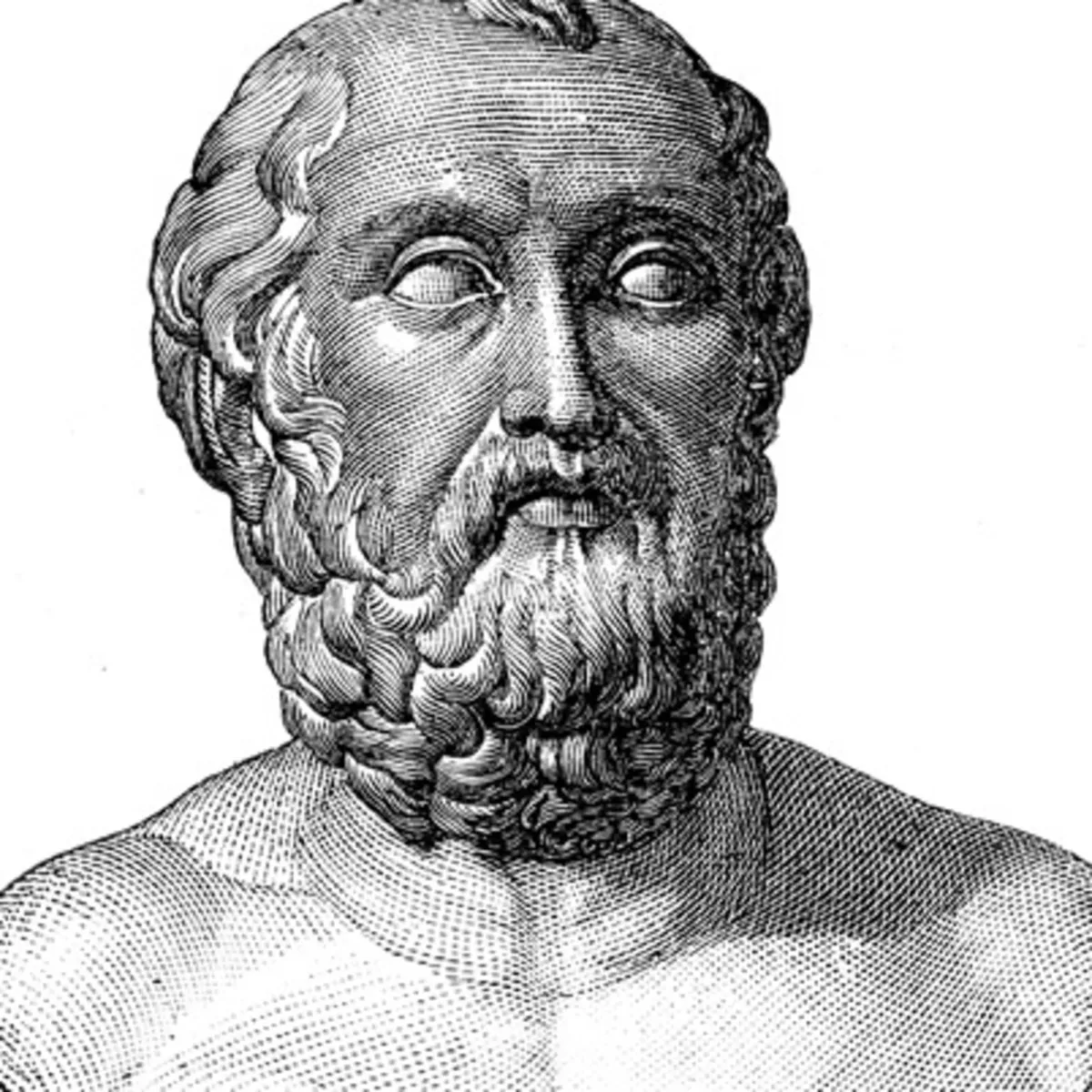The Story: Deceiving Light


Light might be a glimmer of hope; however, it is just as deceptive and misleading. Staring at the sun, the prisoner is blinded by the sheer vastness of the appreciation for uncovering of what has been hidden for so long. However, this blinding realisation is deceiving. Recall the story. The prisoner was tied in a dimly lit cave. On the cave wall strange flashing images was produced by those walking at the back of the prisoner. Breaking free, the prisoner sees that these images was just that: mere illusions. However, the images which produced the illusions on the cave wall, is also just that: mere illusions. It is only when the prisoner escapes the cave that everything is in place: the prisoner sees that everything was an illusion; mere deceiving realities. With this clarity of mind and soul and with the light the prisoner goes back to the cave to tell the story of freedom and liberty.
However, this leads to the prisoner’s death: the illusions are the reality of the other prisoners. The light of which the prisoner who escaped talked was nothing but an illusion, according to the other prisoners. Viewing it the other way around, the prisoners who has not seen the light could not face the idea that they could have been deceived for so long, they would rather kill what could bring possible liberation and feast upon their illusions. Light, in this story, did not liberate the prisoner, rather, it caused the prisoner’s death. What a heavy burden to carry.
Traces of Happiness and the Lure of the Shadows
Happiness is like a cloud. As you grab for it, you fall from the pedestal you climbed to reach the cloud. As soon as one starts to grasp towards happiness, to catch it, it slips one’s fingers. However, there is light at the end of the tunnel. Happiness is always already deferred. Searching for happiness, grasping at this allusivity, is happiness itself. I said as much in one of my previous essays. Happiness is not something you can grab, but the traces it leaves behind is what can bring happiness.

But aren’t we the prisoner locked in the cave merely grasping at shadows on the wall in a hope that some traces of happiness remain on said wall? Around every corner there are promises of happiness, others think for us. The stark realisation is that the cave is nothing more than a shadow layer for those in power to control what we see and feel. Selling illusions. Selling lies.
Happiness is a problematic concept. At once, it is wholly private, but also wholly public. There is a delicate balance. However, it is easy to forget the private element of conceptualizing happiness and give the public conceptualizing of happiness to others. It is easier to listen to others tell us what happiness is, rather than working it out for ourselves. We prefer the illusions on the wall to the harsh truth that the liberated prisoner wants to tell us. We would rather kill the liberated prisoner than have to do the work to climb out of the cave.
Searching for Happiness in the Corpse of the Liberated Prisoner
Let us presume that there is a third prisoner. The first prisoner is the liberated one who saw the light outside, true forms lit under the sun; nothing but liberated wisdom. The second prisoner sees this as lies and an uncomfortable disturbance of the security of the shadows on the wall. There is a third prisoner. Rather than help with the killing of the liberated prisoner, the third prisoner turns away from this slaughtering of the innocent. However, this prisoner is liberated by the first prisoner’s death. Let me explain.

There is a delicate balancing act between the private and public conception of happiness. The first prisoner made a grave mistake: the prisoner tried to do exactly that what the people who made the illusions do. The prisoner tried to convince the second prisoner of his or her truth. The first prisoner was no different to those who made the illusions on the wall. Why do I say this? Because in both scenarios there is in imbalance between the public and private conceptualization of happiness (or whatever the liberated prisoner tried to tell the others).
The third prisoner is in balance, in harmony. The third prisoner found ataraxia (freedom from anxiety) and eudaimonia (roughly happiness) not by actively trying to find public happiness. Contemplating the death of the liberated prisoner, the third prisoner was led to happiness without searching for it. The third prisoner found happiness in what the other two could not: in observing others fight over the public conception of happiness. Realizing this, the third prisoner tried to balance their own happiness against that of the public and found this balance. But this is also a burden to carry: the third prisoner knows that trying to convince others to do the same will lead only to death.
